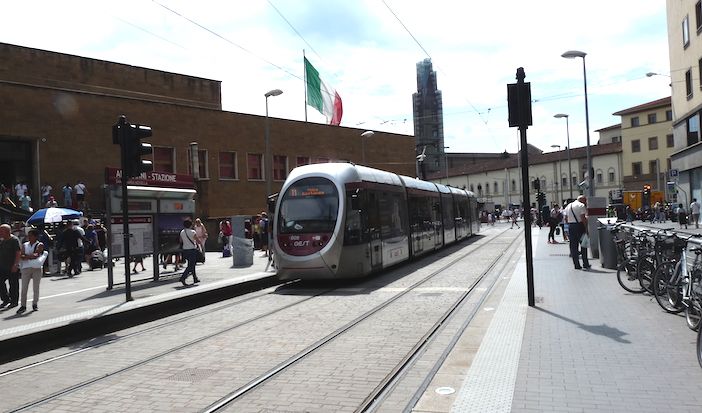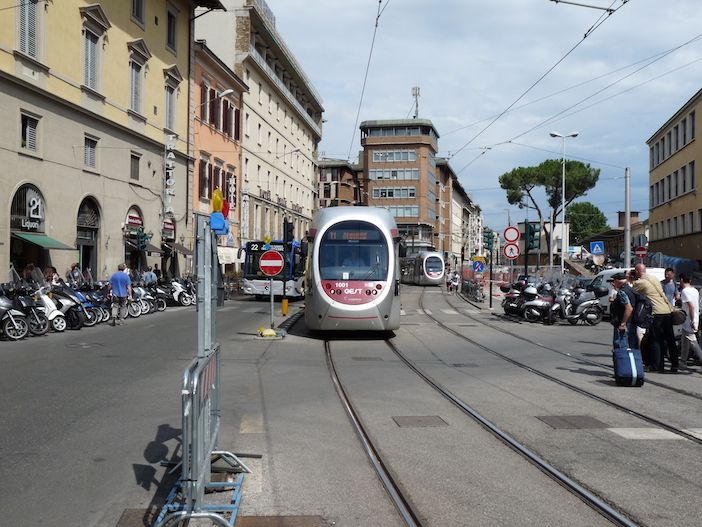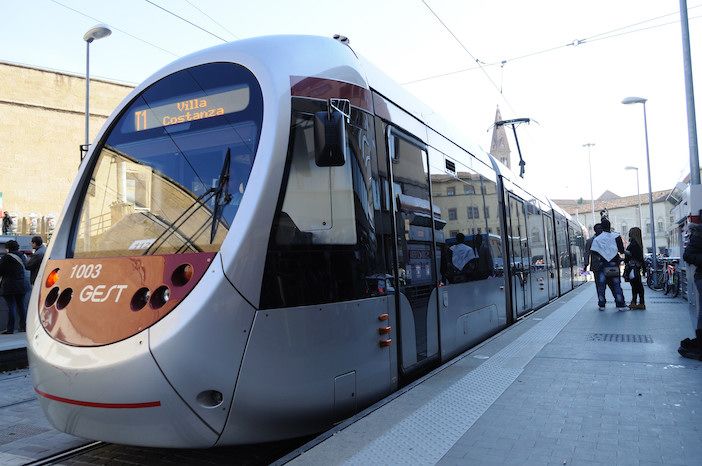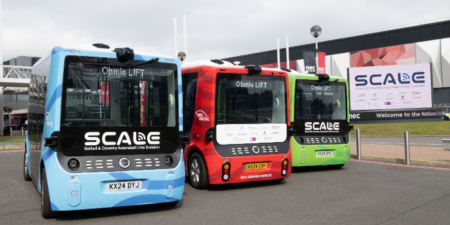It has been announced that three smart trams, running in Florence, Italy, have been equipped with multiple sensors, including cameras, inertial measurement units (IMUs), radar and lidar, while three tram stops are being equipped with sensing, computation and communication capabilities, paving the way to a next-generation intelligent transport environment.
Data gathered from the trams is to be fused with the data gathered from the tram stops using AI, to create real-time traffic information for city managers, revealing the movement of not only trams, but also citizens and vehicles. And in the future the sensors could help to enable autonomous operation of the trams.

The initiative is part of the innovative computing infrastructure developed by the EU-funded project ELASTIC. By enhancing the interaction between the city infrastructure, the public tram network and private vehicles, ELASTIC works towards an integrated, safe and smart urban mobility environment, which will lead to fewer accidents, efficient traffic management and reduced maintenance costs.
Bringing together scientific and industrial players as well as the local government and the Florence tramway operator, ELASTIC is developing functionalities aligned with the vision of autonomous trams, including: an advanced autonomous localization system, which provides real-time accurate positioning information even when GPS coverage is not available; and the detection of hazardous situations in real-time to alert tram drivers and private vehicle drivers

“Busy urban spaces are in need of innovative transport solutions and smart city applications. Forging ahead with the ELASTIC project, a high-end sensor-equipped system has been incorporated in the tram vehicles and soon at the tram stops of Florence collecting and aggregating significant figures of the performance of the transportation network,” says Eduardo Quiñones, senior researcher at the Barcelona Supercomputing Center (BSC) and coordinator of ELASTIC. “This lays the basis for our next step: that of an active interaction between the vehicles and the city.”





